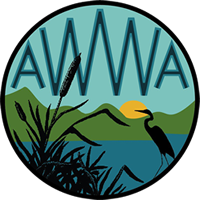Rubber Razors
Managing runoff on gravel roads and driveways.
Purpose: Rubber Razors divert water off gravel driveways and camp roads into stable vegetated areas. These structures are well suited for seasonal roads that are not plowed. They can be plowed over if the location is clearly marked and the plow operator lifts the plow blade slightly.
Also Called: Rubber Razor Blades, Rubber Blades, Rubber Waterbars
Installation: Install the rubber razor at a 30 degree angle to the road edge and point the outlet toward a stable vegetated area.
Pack gravel around the rubber razor to make sure it is securely installed.
Armor the outlet with a flared grouping of stones to slow down the water before it enters the buffer.
Tip: Rubber razors can be added in conjunction with other BMPs. For example, Erosion Control Mulch (ECM) can be spread in rubber razors to help slow runoff. In addition, rubber razors can divert runoff into infiltration trenches or rain gardens.
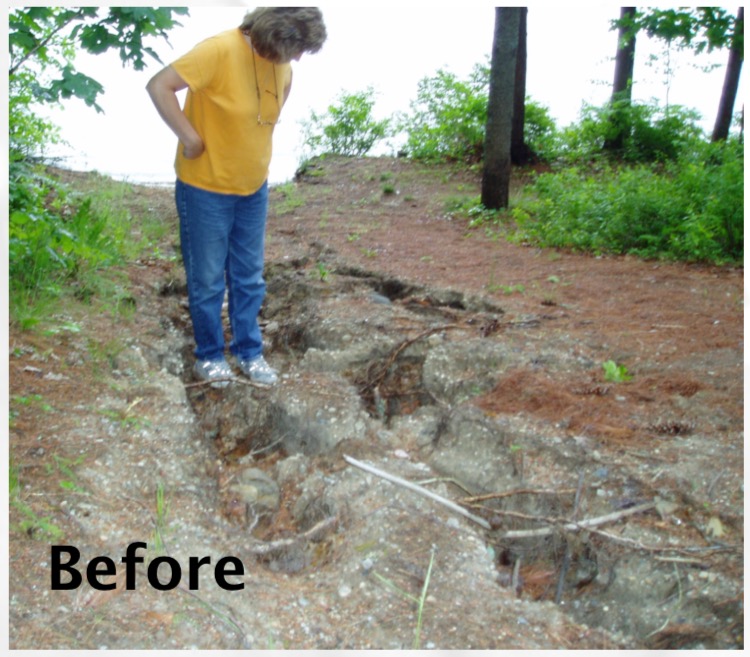
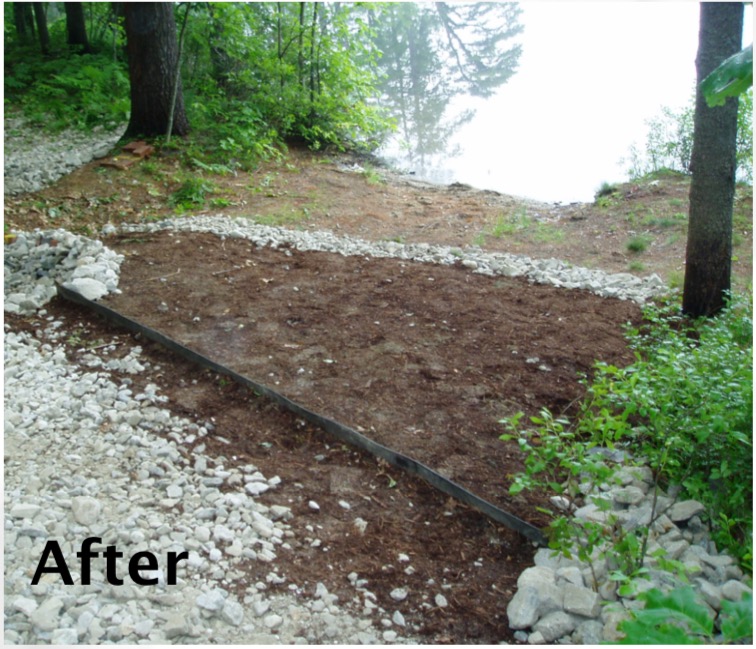
Note- This is one of the most common BMPs the AWWA Youth Conservation Corps installs!
Materials: Rubber razors are constructed using new or used conveyor belts. These may be obtained at no or low cost from industrial sources. Contact your Soil and Water Conservation District for additional sources. Lumber can be purchased at any local hardware store.
Maintenance: To maintain these structures, periodically remove accumulated debris from behind the razor.
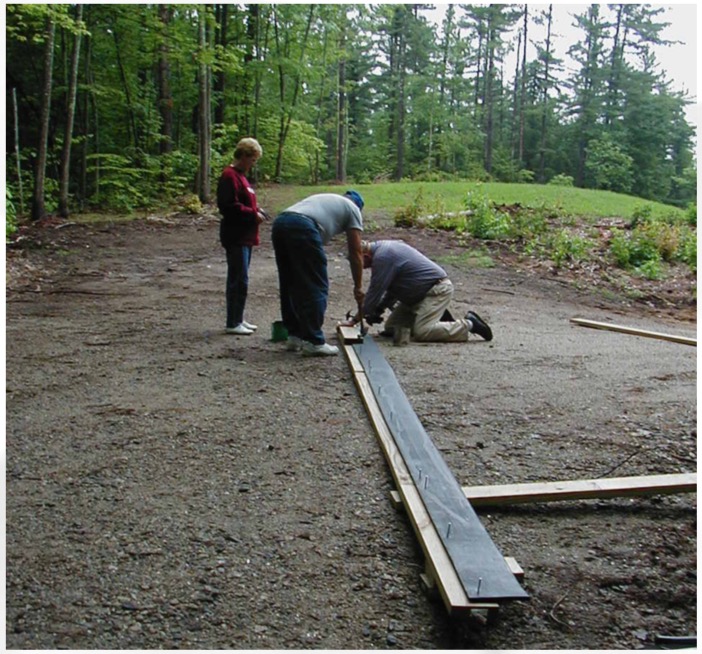
Note- If you live in Maine: Prior to installation, contact Maine DEP and your town’s Code Enforcement Officer to find out if permits are required. See our page with information about permitting.
Check out our technical assistance page to learn about getting a free erosion evaluation, and for more information on permitting.
Examples

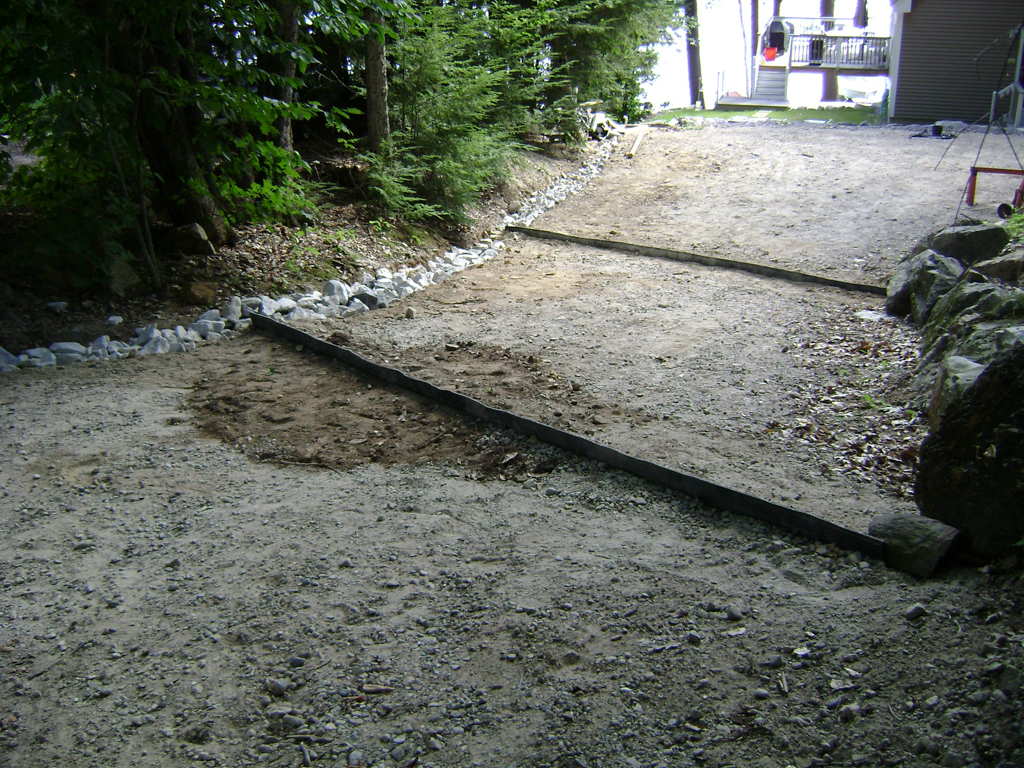
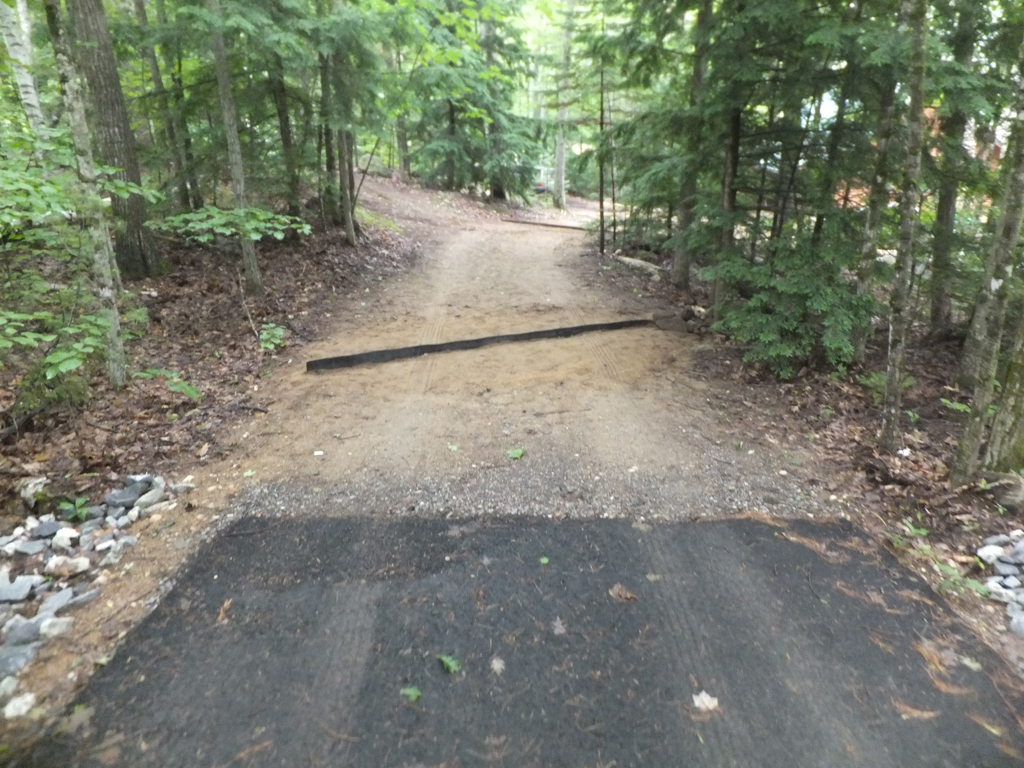

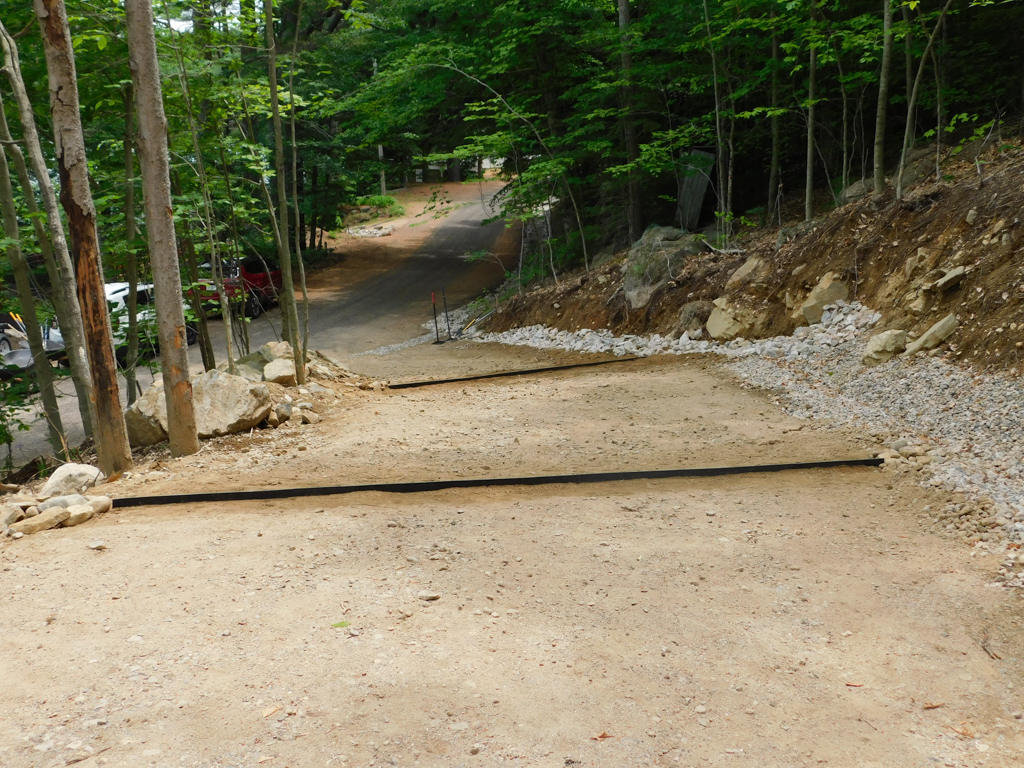
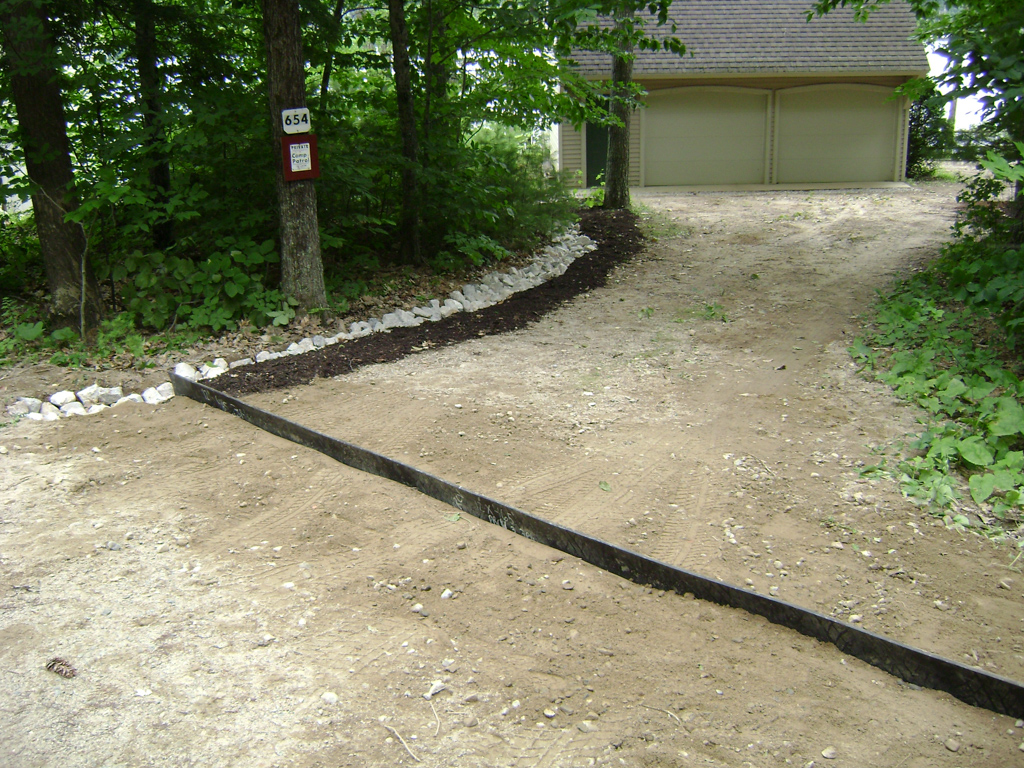

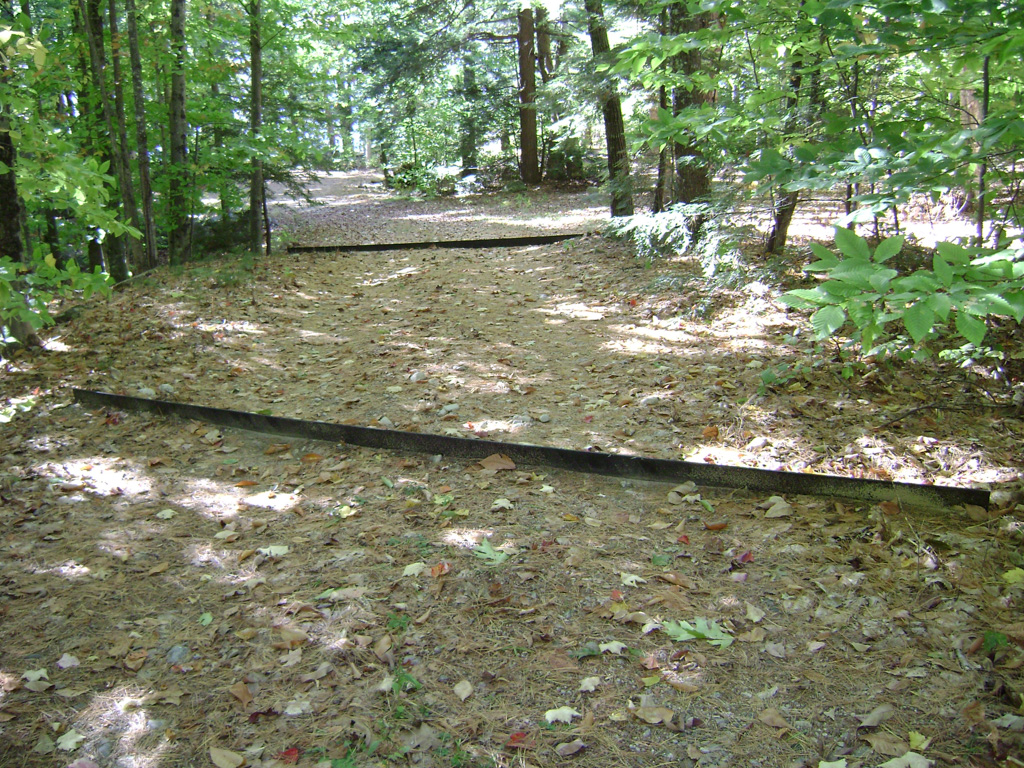
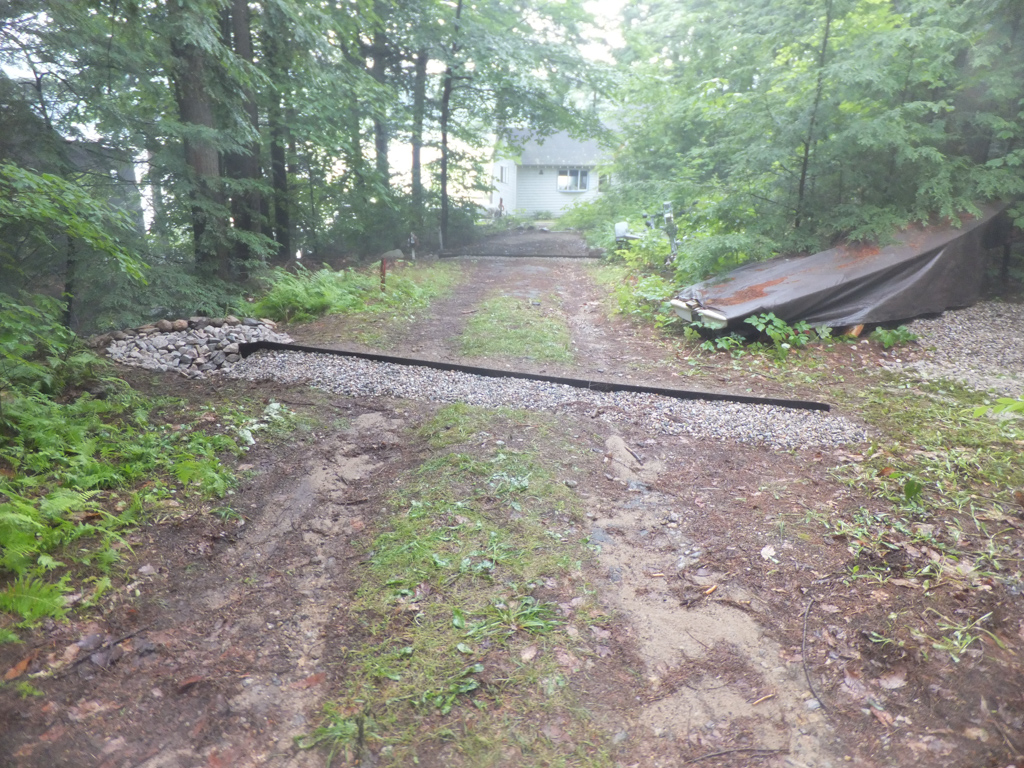
The Conservation Practices for Homeowners Factsheet Series are available at: Maine DEP or the Portland Water District. You can also find fact sheets at SOAK up the Rain NH.
